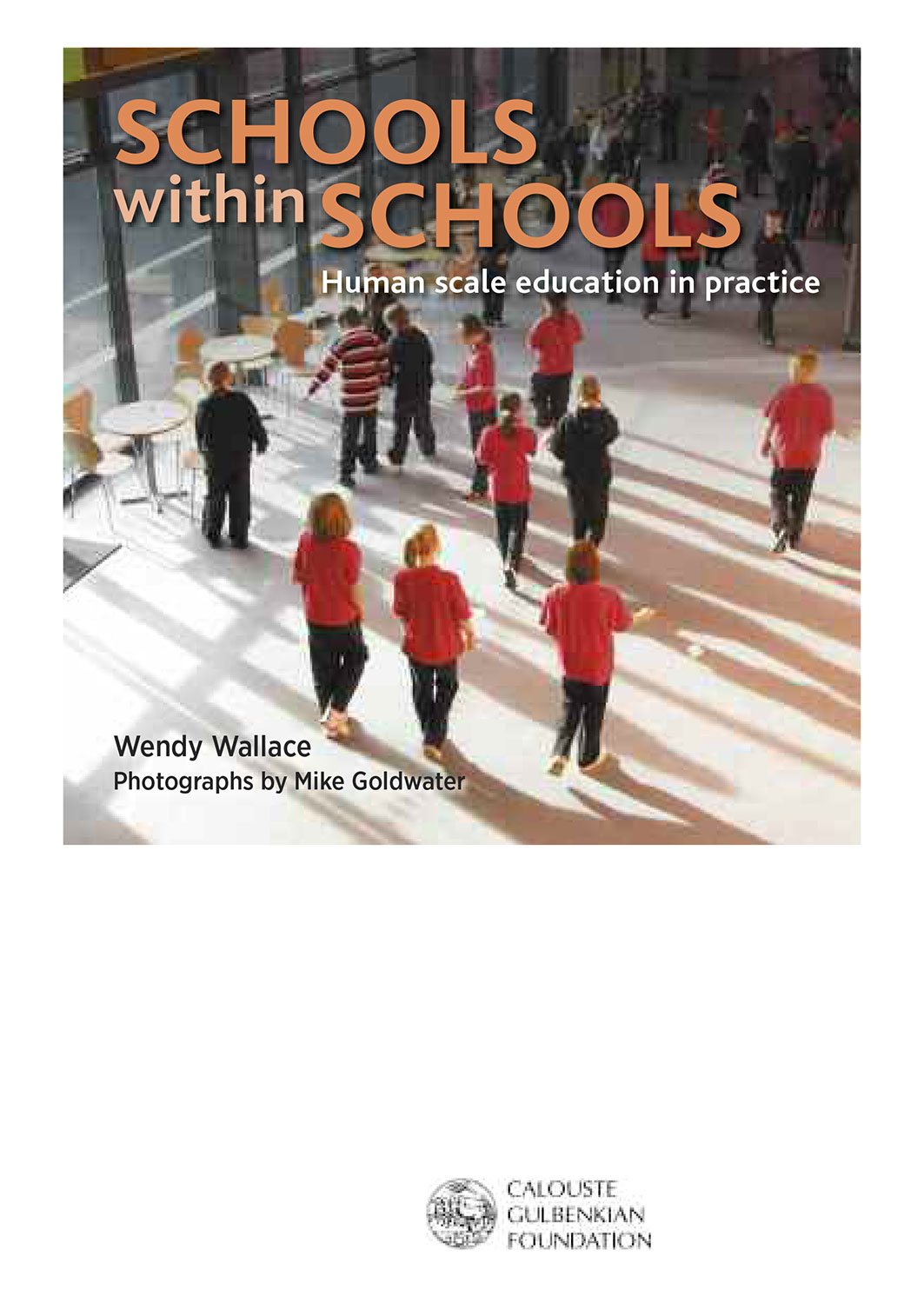Schools Within Schools

£8.50 + p&p 112 pp
England has 25 contemporary ‘monster schools’ – of more than 2,000 students, four times as many as a decade ago. There are 263 English secondaries – twice as many as when Labour took office – of 1,500 to 2,000 students. Large schools are cost effective and can offer wide curricula, but they do not have to mean an impersonal experience for children. Brislington Enterprise College in South Bristol, for example, is one of a number of schools taking advantage of the Government’s Building Schools for the Future (BSF) programme to reconstruct themselves physically as schools within schools – and forge a practice to match. Other schools are changing their structures and practice within existing school buildings.
Education still fails many children at many levels. Nationally, fewer than half achieve the five good GCSEs including English and maths that the Government has set as a benchmark; many leave with no qualifications. While primary schools often succeed in containing and nurturing children with emotional problems, secondary schools tend to lose them. The basic human scale values – stress on positive student/teacher relationships achieved within learning communities of not more than 250–300 individuals, on enquiry-based learning that promotes skills rather than transmitting a body of knowledge – are finding resonance politically and culturally.
The Calouste Gulbenkian Foundation, working with the charity Human Scale Education, has funded 39 large secondary schools to develop along human scale lines. This book is an account of the aspirations and process in some of those schools: Brislington Enterprise College, Bristol; Lister Community School in London’s East End; Stanley Park in Surrey; Walker Technology College in the North-East and Glossopdale in the Peak District. It also includes a photo-essay of Stantonbury Campus, Milton Keynes, by Mike Goldwater.
Wendy Wallace has long experience in writing about education and has contributed to numerous national newspapers, and magazines. As a feature writer for The TES she wrote extensively on leadership, social affairs in education, and education policy and practice. In 2001, she was Education Journalist of the Year. Her book on life in an inner city primary school, Oranges and Lemons, was published by Routledge in 2005 and her book on abandoned children in Sudan – Daughter of Dust – by Simon & Schuster in 2009.
